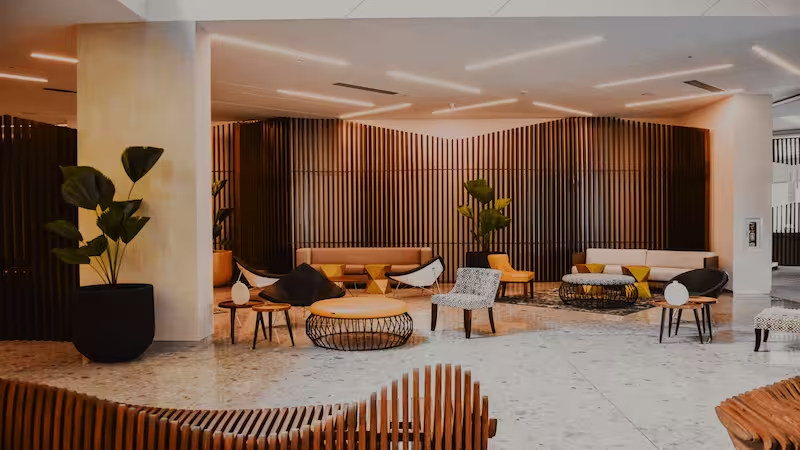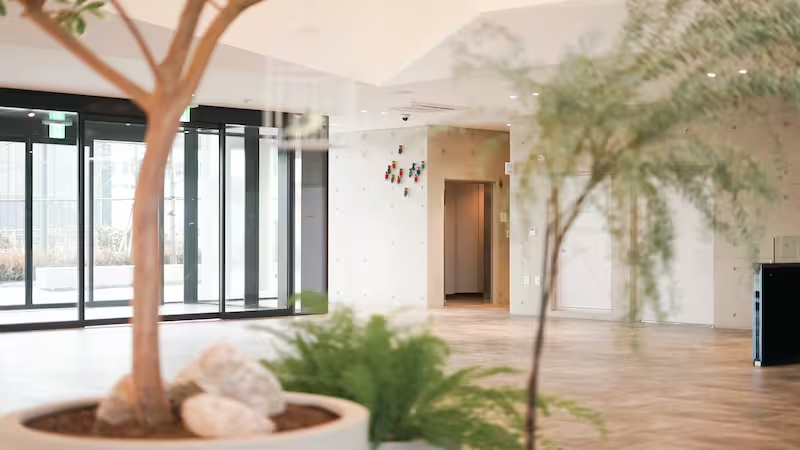
Table of Content
Restaurant profit margins are a fundamental factor that affects any restaurant's financial health and success. Understanding this aspect of the hospitality industry is crucial for managers, restaurateurs, and investors as it offers valuable insights into revenue generation, cost management, and efficient operations. This article explores everything you need to know about restaurant profit margins, including how to increase them.
What are restaurant profit margins?
Restaurant profit margins are the percentage of revenue that restaurants retain as profit after deducting all expenses, including rent, labor, and utilities. These profit margins may vary based on several factors, including management efficiency, operating costs, type of cuisine, and location. Higher profit margins indicate significant efficiency in managing costs and pricing strategies, while lower margins signify challenges in maintaining profitability. Although no one-size-fits-all, the average restaurant's profit margins typically range between 2% and 5%, with quick-service restaurant margins being higher and full-service restaurants at the lower end of the spectrum. Based on industry trends and successful practices, the percentage distribution of restaurant costs to achieve the highest profit margins can be roughly as follows:
- Premises Rent: Approximately 5% to 10% of total revenue. This can vary significantly depending on the location and size of the restaurant.
- Staff Costs: Staff costs typically account for the most substantial portion of expenses, ranging from 25% to 30% of total revenue. These costs include salaries, wages, benefits, and payroll taxes.
- Food Cost: Food costs generally make up around 25% to 40% of total revenue. Restaurants with higher profit margins often emphasize efficient inventory management and sourcing strategies to keep food costs under control.
- Marketing: Successful marketing efforts can contribute to increased revenue and customer retention. Allocating around 5% to 10% of total revenue to marketing activities can be beneficial in maximizing profit margins.
Gross profit
After deducting the COGS from the total sales, gross profit is the leftover revenue. It entails the income generated from selling food and beverages before accounting for expenses and marketing.
Gross Profit Margin = (Net Sales – COGS) / Net Sales
The gross profit of financially stable restaurants is approximately 70%.
Net profit
The net profit is the percentage of revenue left from the gross profit after deducting operating expenses. You need information about sales revenue, gains, losses, and expenses to calculate the net profit.
Net Profit Margin = (Revenue – cost and expenses) / revenue
Factors that can drive restaurant profit margins
Below are some of the factors that can affect restaurant profit margins:
Quick Menu Updates
In today’s fast-paced world, customer’s tastes and preferences are constantly changing. Regularly updating your menu with new and enticing dishes can help you cater to the changing consumer demands and maintain an exciting and memorable dining experience. This approach can attract new customers eager to try new dishes and encourage repeat visits from existing customers seeking novel culinary experiences. You can also introduce limited-time offers and seasonal items to create a sense of scarcity and urgency and encourage customers to visit the restaurant to ensure they get all the exclusive and time-limited offers. This approach can increase foot traffic and drive sales, improving your restaurant’s profit margin.
Additionally, regularly evaluating menu items can help you identify dishes with slow sales or low profitability and replace them with on-demand dishes. This continuous evaluation can streamline your restaurant's inventory management and ingredient procurement, minimizing waste and overhead costs. Also, a well-designed menu update can promote upselling opportunities, enticing customers to select more profitable dishes without incurring significant expenses.
Optimizing marketing expenses
Effective marketing strategies are essential in attracting new customers and retaining existing ones. By carefully allocating your marketing budget, you can focus on targeted promotions, advertising, and loyalty programs to reach the target audience. This targeted approach minimizes wasteful spending on broad-based campaigns that may not yield the desired outcome. Additionally, investing in social media platforms and digital signage can be cost-effective in enhancing brand visibility and customer engagement.
Optimizing marketing costs also allows you to track the performance of your marketing initiatives. You can use data analytics and metrics to assess your campaigns' success and identify improvement areas. Eliminating ineffective marketing channels can help you allocate resources to more profitable endeavors. This approach results in increased sales and revenue and helps minimize marketing costs, enhance the overall efficiency of your marketing budget, and increase profit margin.
Introducing digital menus

Over the years, many restaurants have transitioned from traditional printed menus to interactive digital menus displayed on digital screens, kiosks, and tablets. Digital menus allow customers to browse through the enticing images and detailed descriptions of the mouthwatering dishes, which can lead to upselling and higher average check sizes. Also, these menus allow you to update your content in real-time, enabling your restaurant to adapt your offerings depending on inventory availability, seasonal ingredients, and customer preferences. This flexibility enhances customer satisfaction, leading to repeat visits.
Digital menus also streamline ordering by reducing waiting times and improving table turnover rates. Customers can place their personalized orders directly on the user-friendly interface, eliminating the need for extra wait staff. This technology encourages repeat visits, in addition to minimizing labor costs. Furthermore, you can integrate digital menu systems with loyalty programs or offer personalized recommendations, further engaging customers and increasing customer retention.
Employing digital signage
Your restaurant menu design can be vital to your customers' purchase decisions. Digital signage consists of visually appealing elements that allow you to create captivating menu displays. Adding vibrant images and videos to your dishes can trigger customers; appetites and increase upselling of high-margin items. Additionally, digital signage facilitates real-time updates enabling you to quickly modify your menu prices and promotions, which can be crucial in adapting to market conditions. Self-ordering digital kiosks powered by digital signage can lead to faster service and increased customer engagement. Additionally, you place your digital signage displays strategically to promote loyalty programs, social media engagement, and special deals, further increasing the customer base and fostering repeat business. You can also utilize digital signage to communicate with your staff to ensure they are up to date with company news and current market trends.
Seamless payment integration
Incorporating reliable payment technologies into your digital menus and other operational systems can enhance customer experience, increasing customer loyalty. Streamlined payment processes enable customers to complete their payment processes quickly and conveniently using various methods, including contactless cards and online payment platforms. These platforms also minimize the risk of human error during transactions. Automated payment processes minimize the likelihood of calculation mistakes or billing discrepancies, improving accuracy in financial transactions. Additionally, you can use the customer insights collected through these payment systems to make data-driven decisions about targeted marketing, menu optimization, and pricing strategies.
Partner with different food delivery apps

The rise in online food ordering and delivery services makes it possible for restaurants to reach customers beyond their physical location. You can collaborate with various food delivery apps to help you tap into diverse customer segments and increase sales. Working with multiple delivery apps enables you to leverage their unique strengths. Each app may have a different geographical reach, marketing strategy, or user demographic, allowing you to tailor your promotions and menu items accordingly. However, to maximize profits, you must carefully manage your partnerships to ensure efficient order processing, timely deliveries, and consistent quality to maintain customer satisfaction and attain sustainable profit margins.
Getting it right for elevated profit margins for your business
Understanding and managing restaurant profit margins is crucial for the long-term success of any restaurant. Carefully analyzing your marketing and labor costs and adding advanced technology, such as digital signage and digital menus, to your operations can enhance efficiency and profitability. A well-balanced focus on cost control, customer-centric approaches, and revenue generation can pave the way for a thriving and profitable restaurant business. Look DS offers interactive elements like vibrant images and graphics that you can leverage to make your menu more engaging and interactive and drive sales.




.avif)



